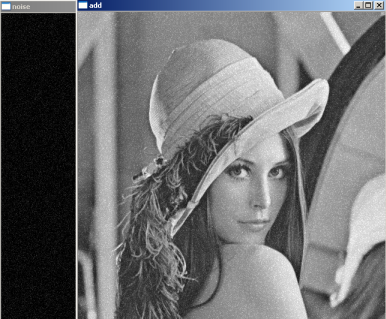additive Gaussian noise with different SNR
I am reading a paper. It says like this:
"For experiments conducted on noisy images, each texture image was corrupted by additive Gaussian noise with zero mean and standard deviation that was determined according to the corresponding Signal-to-Noise Ratios (SNR) value."
And then, they show the classification rate (%) on UIUC database with additive gaussian nosie of different Signal-To-Noise Rations (SNR):(SNR=100 SNR=30 SNR=15 SNR=10 SNR=5)
So I want to do the same....
Is GaussianBlur my function? How do I determine the SNR?

